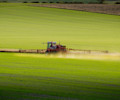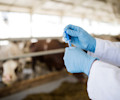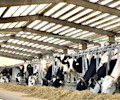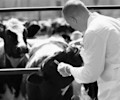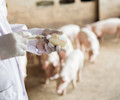The UN Sustainable Development Goals (SDGs) are the globally agreed blueprint to achieve a better and more sustainable future for all. The Coller FAIRR Protein Producer Index aligns the nine risk factors with which it analyses the largest global meat, dairy and aquaculture producers with the SDGs.
Intensive livestock production is relevant to several Sustainable Development Goals, namely:
SDG2 – Zero Hunger
SDG3 – Good Health and Wellbeing
SDG6 – Clean Water and Sanitation
SDG8 – Decent Work and Economic Growth
SDG12 – Responsible Consumption and Production
SDG13 – Climate Action
SDG14 – Life Below Water
Sustainable Development Goal 2
What is SDG2?
SDG2 aims to “end hunger, achieve food security and improved nutrition and promote sustainable agriculture.” FAIRR’s focus on ESG in protein supply chains is critical to achieving the aims of this goal.
How does SDG2 impact the farming and agriculture industry?
FAIRR encourages investors and companies to move away from intensive livestock farming towards a more sustainable food system that meets global protein demand with reduced environmental impact. This production model contributes to land degradation, water scarcity and climate change. Animal protein production is relatively inefficient compared to plant protein production as it requires significantly higher energy, water and land inputs, and emits higher GHG emissions.
In addition, the rate at which animal production converts feed inputs into food is very low. In the US, conversion efficiency of beef is just 3%, while pork is 9%, poultry is 13% and eggs and dairy are both 17%.
While animal protein only represent 20% of the world’s supply of calories. 75% of all agricultural land is devoted to raising and feeding animals.
What does this mean for investors?
FAIRR’s research sheds light on how companies are tackling sustainability issues linked to the SDGs. For further information, see the Coller FAIRR Protein Producer Index – the world’s only assessment of meat, dairy and farmed fish producers on material ESG risks.


